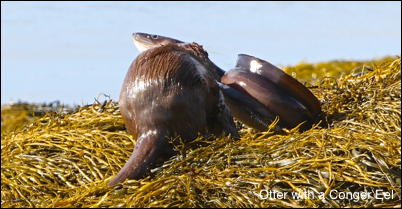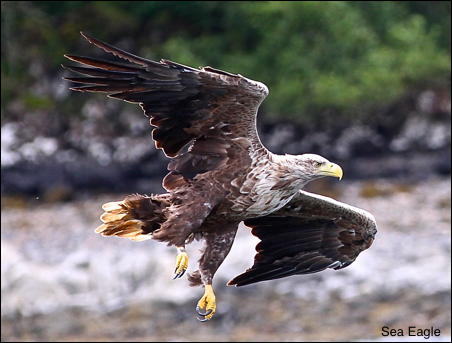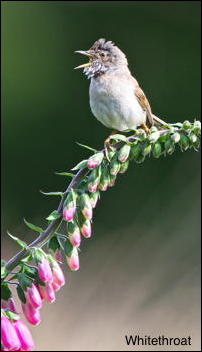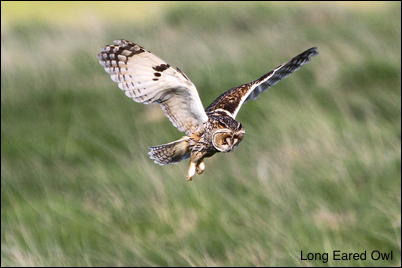August 9, 2015 at 7:59 pm
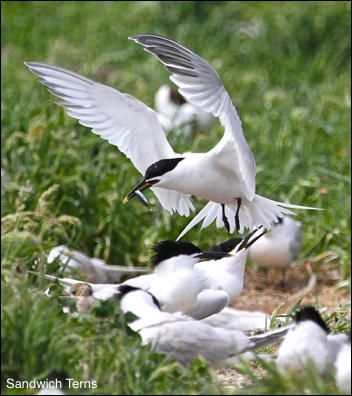
One of the bonuses of visiting the Farne Isles for Puffins is that there are good opportunities for filming Sandwich Terns and other sea-birds. Each year on Inner Farne there is a very accessible colony of Sandwich Terns that you can film from the footpath. Arctic Terns are everywhere and will readily attack so a head cover is essential. One word of warning is that by late August the seabirds have finished breeding and flown back out to sea. Click here
The big event this week-end has been the Hen Harrier day in the Goyt valley. I joined hundreds of other people to give my support to the stopping of the slaughter of this magnificent raptor by gamekeepers. It was good to meet many supporters who have watched my films and DVDs. Chris Packham gave an impressive presentation.
August 2, 2015 at 4:29 pm
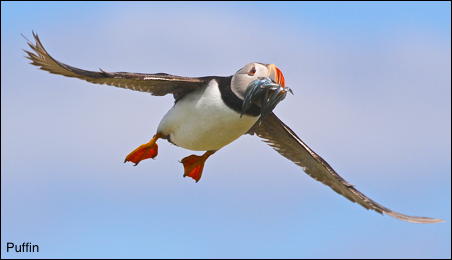
It is more than twenty years since I last visited a major seabird colony and I had almost forgotten how spectacular they can be. During that brief spell of hot weather in late June I decided that it was time to visit the Farne Isles to capture flight shots of Puffins carrying fish. Something that was almost impossible to do in the pre digital age.
The Farne Isles must be the most accessible major sea-bird colony in Britain with plenty of boats taking visitors from Seahouses every day. With boat fares and National Trust landing fees it is not a cheap day out but for anyone who has never visited before it is an unforgettable experience. Long before you arrive on the islands the smell of guano percolates through the air and then the clamour of thousands of seabirds greets you as you step ashore. Puffins flying in every direction carrying fish was just what I wanted and it is amazing how quickly five hours can go by when you are engrossed in filming
In 1960, when I was a keen fourteen year old bird-watcher, I was taken on a day trip to Skomer Island in Pembrokeshire. The spectacle of that one day out has stayed with me forever and I would recommend it to anyone interested in wildlife. Click here




